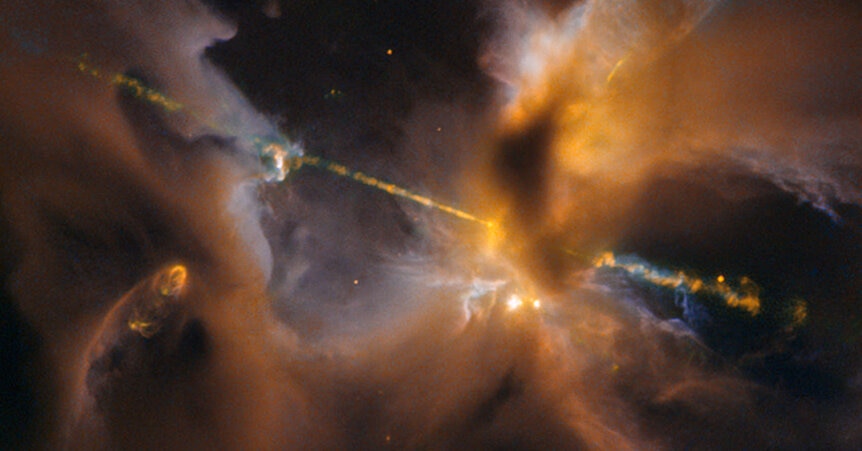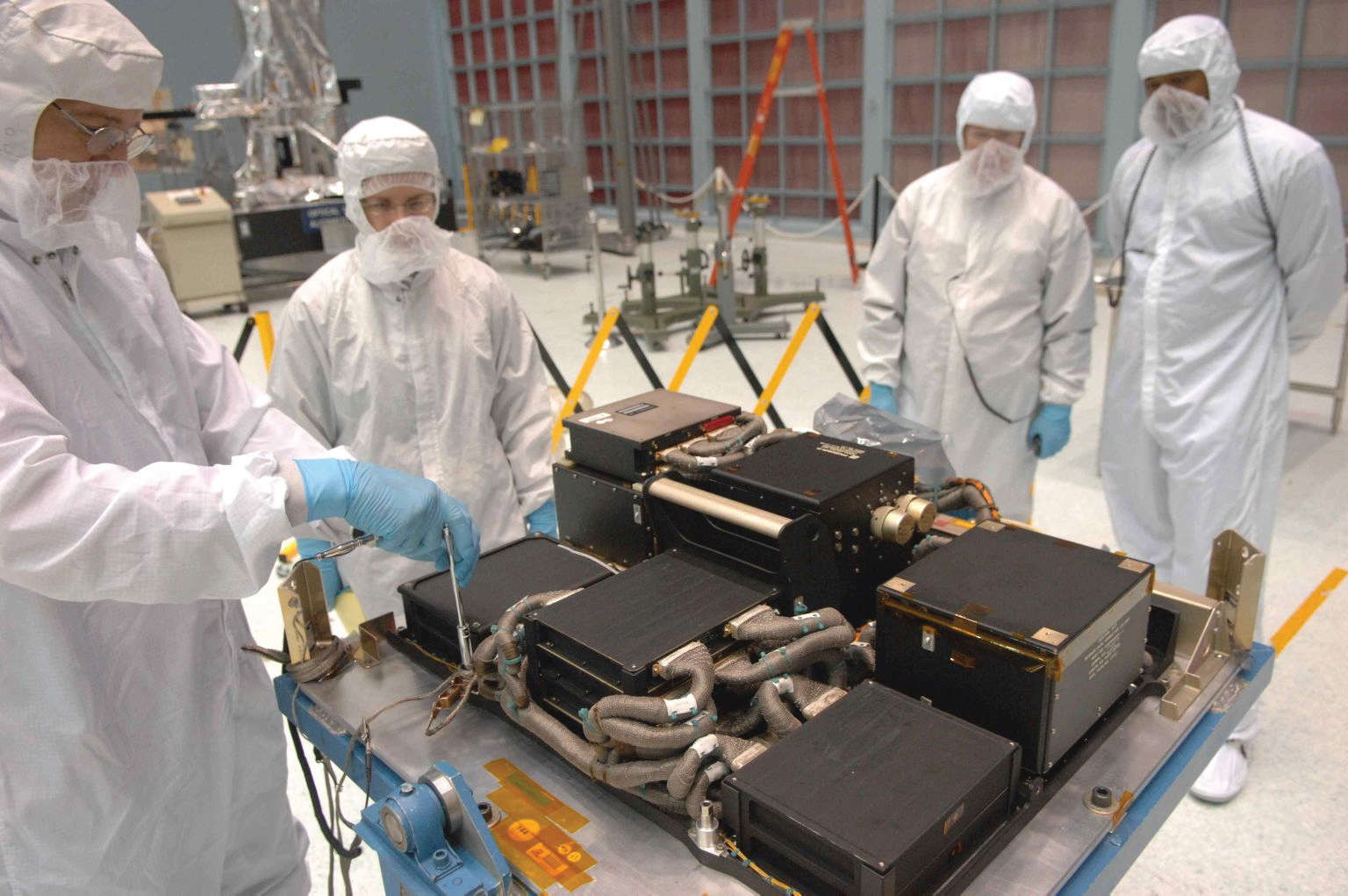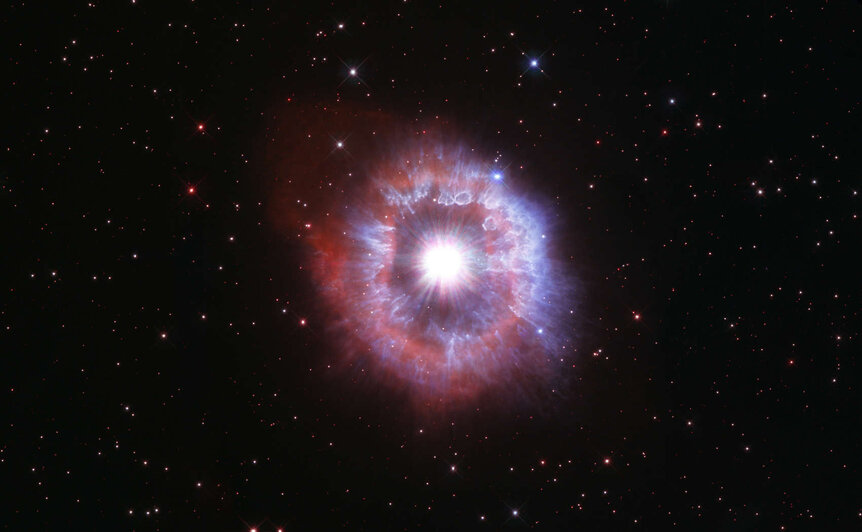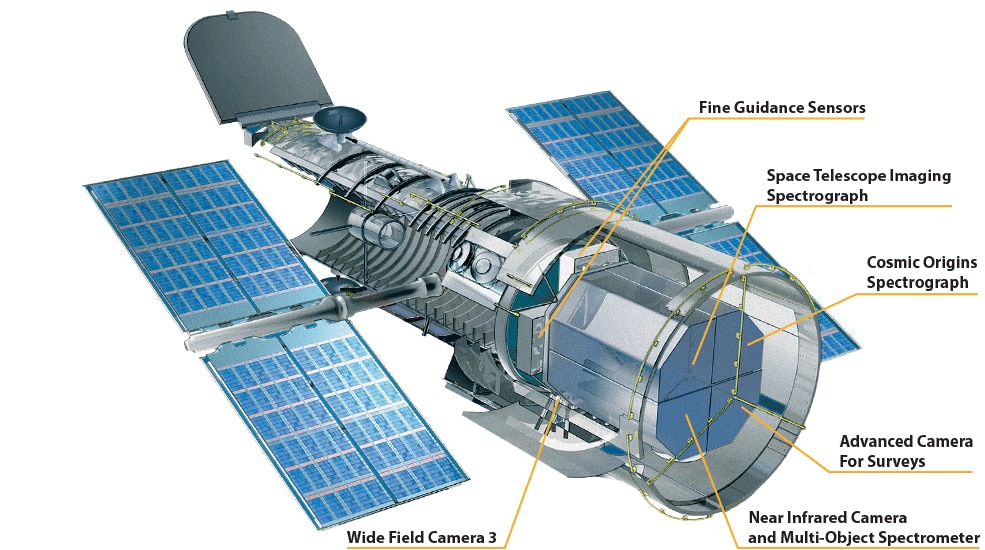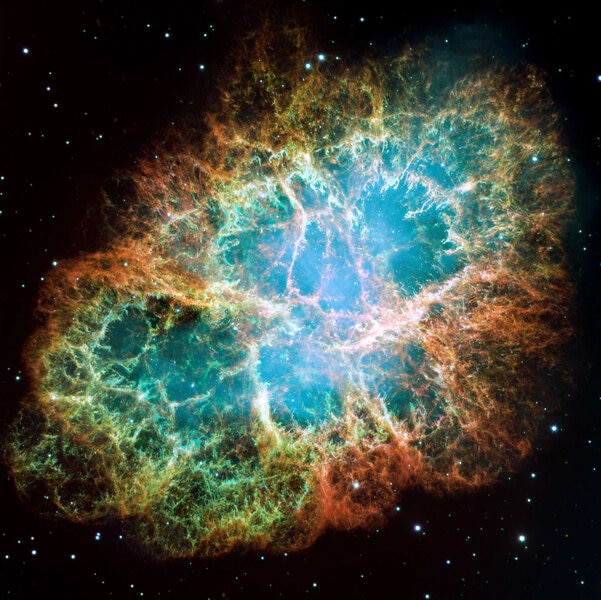Create a free profile to get unlimited access to exclusive videos, sweepstakes, and more!
Hubble on the Bubble: Can NASA fix the world’s most famous telescope?
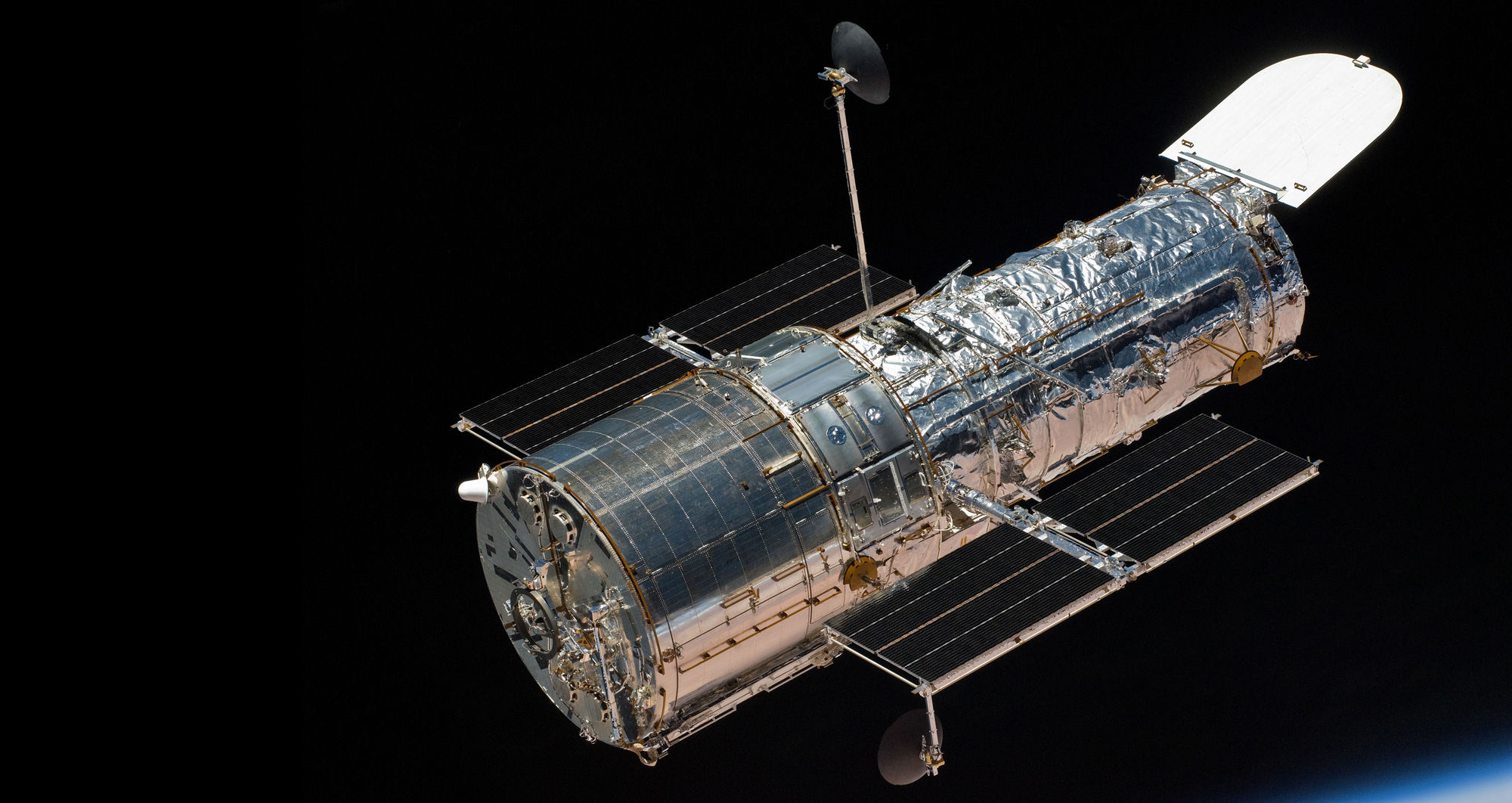
On June 13, 2021, Hubble Space Telescope detected a problem in one of its computers, and went into “safe mode.” It shut down all non-essential operations, closed its hatch, and awaited engineers back on Earth to figure out how to fix it.
But that’s turning out to be harder than expected.
[UPDATE (July 18, 2021): On July 15, 2021, engineers were able to successfully switch to a backup payload computer (see below for details on that) and turn Hubble back on! Tests showed everything to be working properly, and science observations began again on Saturday, July 17. Congratulations to the entire team!]
The initial problem seemed to be in a memory module in its payload computer, which organizes and controls the science instruments onboard the observatory: its cameras, if you will. There are five scientific detectors on board, plus three telescopes used to keep the observatory on track, so this computer performs a critical job.
If anything is going to help Hubble here, it’s redundancy.
A module restart attempt on June 14th failed. Engineers attempted to switch to a backup module (one of many on the computer) but the command wouldn’t complete. They then tried to bring both modules back online (and tried to get diagnostic data) but that didn’t work either.
There’s a backup payload computer, a complete duplicate of the main one, that’s been idle onboard and waiting for just such an opportunity. However, this is where things get weird: In late June engineers switched the backup on and found that it experienced the same errors as the primary computer. That’s not great; it implies the problem is actually something else, higher up in the hardware flow.
The payload computer is part of a larger assembly called the Science Instrument and Command and Data Handling (or SI C&DH) unit, which has other hardware that supports the payload computer, like a communications interface that allows it to talk to other observatory components, and four memory modules (one primary and three backup).
Since the payload computer and its backup aren’t working correctly, the problem may be in the SI C&DH unit. At the moment, the team is looking at other hardware components on it, including the power regulator and a unit that formats the science data in preparation for sending it to Earth. If one of those pieces is the problem, then engineers may have to perform a more complicated series of commands to switch to backups of those parts (the “B Side” as it’s called; the primary is called the “A Side”).
Something like this happened before; in 2008 the SI C&DH primary unit failed. This was literally just before the last servicing mission on the Shuttle Atlantis was set to launch, and the flight was delayed so that a new unit could be sent up to replace the failed one. That happened in 2009, and the unit installed back then is the one undergoing issues now.
This is clearly a tricky and complex issue. Mind you, Hubble is in orbit around the Earth, flying around our planet at 8 kilometers per second at a height of well over 500 kilometers above the surface. No one is about to go up and thump it on the side with their fist. The final design of the observatory made it serviceable by astronauts from a Space Shuttle that could grab it with robot arm, pull it into a safe configuration, and allow astronauts to perform long and usually arduous spacewalks to work on it.
We have no such capability right now. A SpaceX Dragon Capsule could likely pull up alongside it, but then what? There’s no way to secure the school bus-sized observatory, and no way for them to work on it. So for now, any fix to the venerable telescope has to be done remotely, from the ground.
The latest news we have is from Friday (July 2), so you can keep up with what’s what by following Hubble and NASA on Twitter. It’s important to note that the observatory and the cameras are fine. They’re just sleeping, more or less. If and when this problem is solved, they should be back on the job spying on the heavens for us.
I’m concerned about this but it hasn’t yet leveled up into actual worry. Hubble has faced myriad issues over the decades and come out the other side.
But “decades”. Wow. I started my involvement with Hubble in 1990, literally two weeks before it was launched into space, and worked on various aspects of it for nearly a decade after. It’s weird to think it’s been up there so long, but here we are. Which makes me think…
Earlier on I said redundancy would save Hubble. That’s true but there’s more. Something else is needed: Cleverness. Intelligence. Experience. Things that we humans are capable of any time, but especially when we set our sights on something we feel we have to do. That’s why scientists and engineers and programmers and so many others built Hubble in the first place. We wanted an exceptional eye on the sky, something no one had ever done before.
And they did it. Hubble has it flaws, and I’ve spent more time than most lamenting them. But many of these flaws are correctable because they was planned to be. Maybe not this problem in particular, or the misfigured mirror, or this or that. But it was made to be serviced, and generalized enough to be able to be fixed if the need arose.
Hubble is over 30 years old, and before this latest issue still working very well. It has tech considered ancient in it, but it’s still ticking. Or at least it will be once again when this problem is righted.
And hey, maybe it can’t be. There will come a day when we simply can’t fix whatever ails the observatory. That’ll be a rough day for a lot of us, but we can also look back and be amazed at what this machine accomplished. What we accomplished through it.
